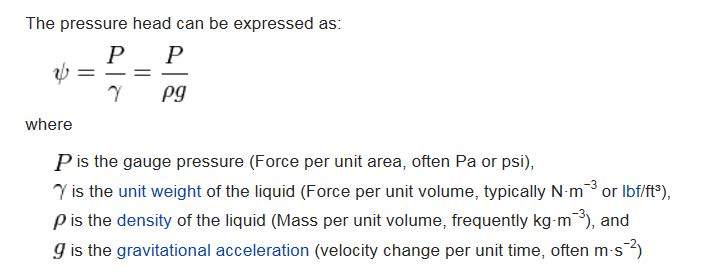Dear All.
First of all good evening , happy new year .
I have an issue related mainly to the fluid dynamic. The link below takes you to the file , which explains in details the issue . I hope I can get a help or a hint regarding the presented issue.
First of all good evening , happy new year .
I have an issue related mainly to the fluid dynamic. The link below takes you to the file , which explains in details the issue . I hope I can get a help or a hint regarding the presented issue.


